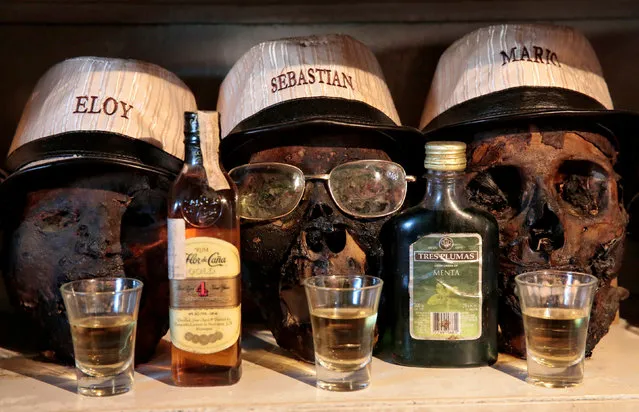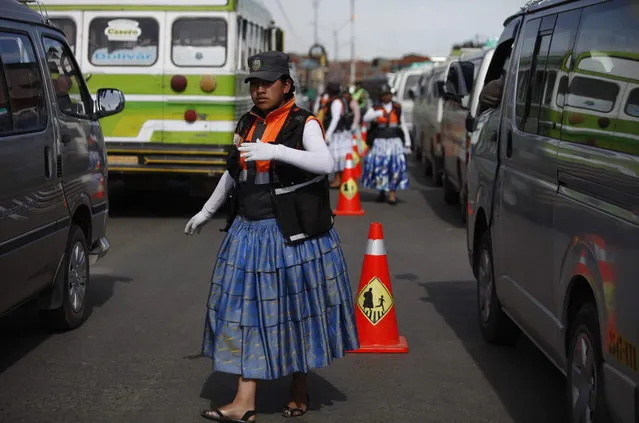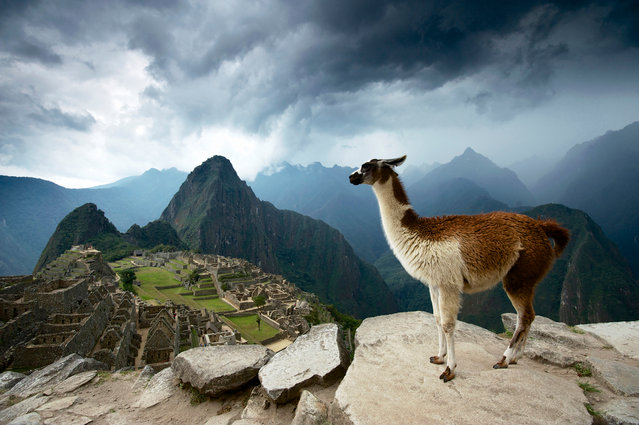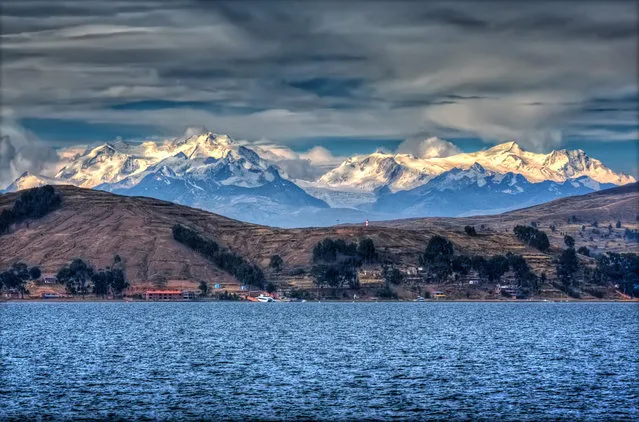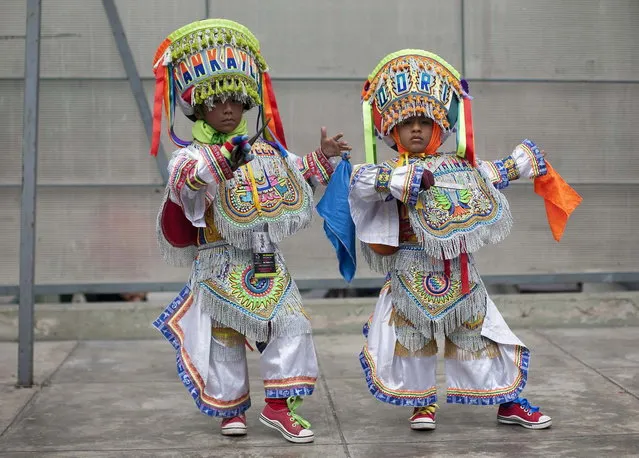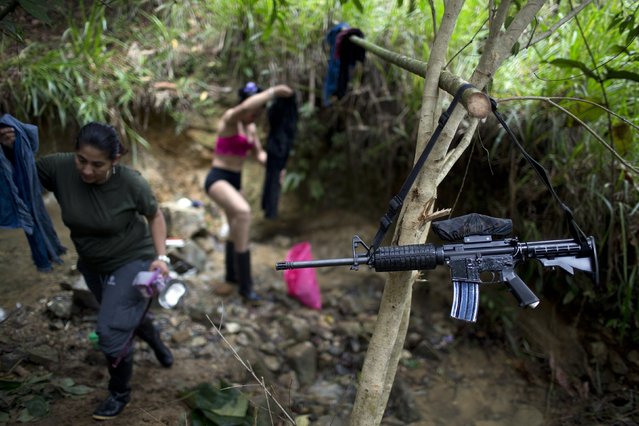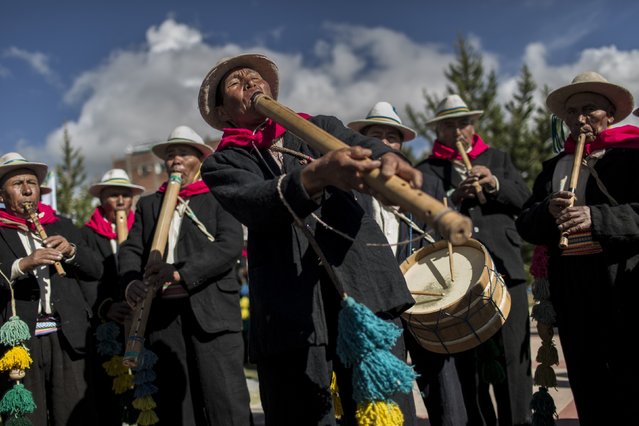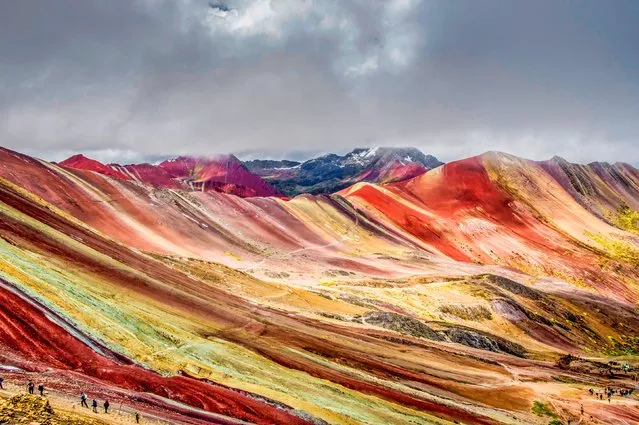
An array of colours dwarf visitors to the Rainbow Mountains in the Andes Cordillera in Peru in January 2023, which owes its colours to the minerals contained in the soil. The sulfur offers the yellow colour, iron oxide gives the red and copper sulfate is green. In total, it is made up of 14 different minerals. It was probably caused by weather and volcanic activity. (Photo by Guillaume Astruc/Naturagency/Solent News & Photo Agenc)
15 Apr 2024 04:02:00,post received
0 comments

